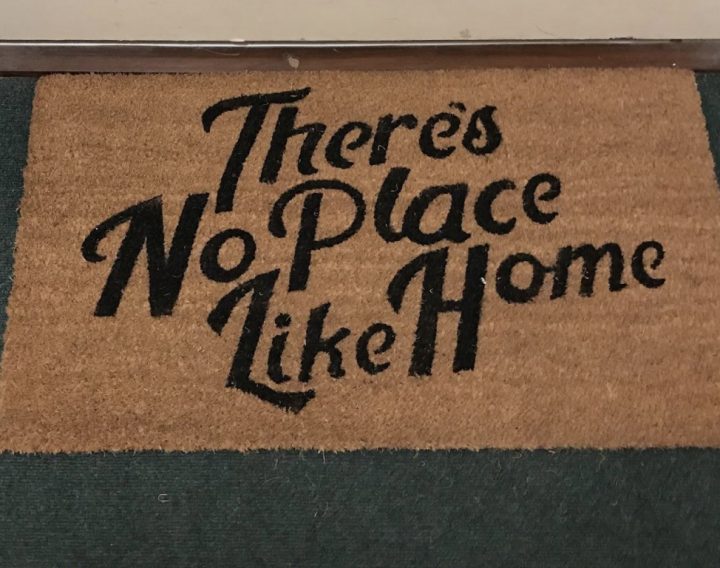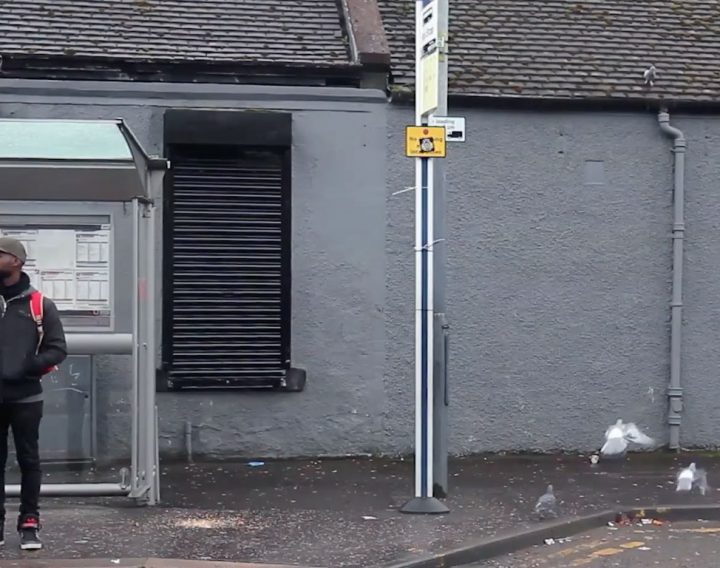
We’ve been working with housing expert John Baldwin to develop ways to help housing providers put residents at the heart of what they do. On the eve of launching the offer on our site, we asked him to write about why now is the right time to learn how to listen to residents of social housing and share how we can help you do it.
Engaging residents of social housing just by sending out questionnaires or holding the meeting is no longer enough. Despite layers of scrutiny and governance, there has been a collective failure to listen.
This is, of course, accepted following Grenfell, but for a long time, this statement would have been debated.
Those people were trapped in their rooms, and they will have died thinking ‘They didn’t care. They didn’t listen.’
Resident of Grenfell
Even without this moral obligation, there’s a wave of new regulation coming with the twin themes of ‘listen’ and ‘be transparent.’
So, presuming there’s going to be nowhere to hide, how do we need to act differently in order to change the outcome?
Your residents are the experts – in what it’s like to be your residents!
The act of listening is made up of an intention to not only hear but to take action based on what you’ve heard. It’s these acts of listening with intent that can lead to impactful change. The stories our residents tell contain the truth about how we are getting it wrong. Sometimes it’s the throwaway comment that contains the biggest clue about what needs to change, the comment we might ignore if we are not listening with intent.
Unfortunately, we often say we’re listening but don’t want to take on board what we’ve heard. I’ve come across views like ‘We’re the experts.’ and ‘We know the organisational challenges and what we need to do.’
But this is a misunderstanding of what resident feedback is for. You’re not asking them to come up with solutions to how you run the business. You’re asking for their insights as a user of your service.
They might not know the intricacies of running a repairs service, but they’re experts in what it’s like to be on the receiving end of it, in a way that you can never be.
Another thing I often hear is that seeking feedback risks raising residents’ expectations. But when you speak to them, it’s often the most basic things that they want fixed.
Frustrations I’ve encountered include things like expecting people to take a day off work to get a new parking permit, having to send a bank statement to get a refund and windows that get boarded up as an emergency repair, only to be left like that indefinitely. It’s not unreasonable to expect better.
Instead, we spend a lot of time consulting residents on service standards, agreeing on Key Performance Indicators, introducing inspection regimes and carrying out surveys – as if all of this will fix things.
Unfortunately, quality assurance often leads to a doubling down on existing bad processes and very often at an increased cost. The outcome can also be painful for residents. But to understand this you need to understand how your service failure is affecting the actual person – not the numbers.
Go deeper with your listening and you will hear stories of children not being able to study because of overcrowding, the health issues caused by a failure to rectify damp, the poverty created by pursuing a wrongly issued parking fine or the effects on mental health of escalating arrears actions due to payments not being correctly posted to an account.
These impacts are real and they can be devastating.
Building trust through transparency
“Good landlords won’t be waiting around for us to complete our work. They can make a real head start by listening to tenants, increasing their transparency, and where they need to, improving their services so they are always high quality and robust.”
Kate Dodsworth, Director of Consumer Regulation
The regulator is also right about transparency, so in the quote above when Kate Dodsworth talks about both listening and increasing transparency, she is talking about the foundations of a two-way relationship built on trust.
If we’re going to listen to residents and act on it, we need to be open about what we’ve heard and what we’re going to do about it. Then we can be held to account and concepts like scrutiny and co-regulation start to make sense.
In order to do this, we need to be more confident about sharing our shortcomings and showing people that we’ve listened. This goes from residents, all the way up to the board room. It has to form part of the culture of the organisation.
Transparency requires a degree of bravery, but the reward is trust.
How you listen determines how you act
So what are the things you need to change to get listening right? If it’s a culture shift we want, then we need to stop seeing resident feedback as a discreet activity that perhaps sits in Resident Involvement or is done in a survey and embed it by recognising and rewarding this way of working.
The trick is to want to listen, to learn, to understand different points of view and to make the right changes. Surveys have their place, but will only ever tell you answers to the questions you want to pose – not what the people who work for you or live in your housing need to tell you.
When I first started doing service design in housing with Snook, I wasn’t surprised to hear things about the service I was responsible for. What did surprise me was the different view I got on the same issues – the customer perspective. That changed everything. Sharing this to build empathy helped people less close to the service to understand it, but it also helped front line staff feel listened to – they were aware of the issues but felt powerless to do anything about them.
Your customer frustrations will be mirrored by those of your front line teams. These are important voices you need to switch to becoming an organisation that listens internally as well as externally. Listening needs to run through the organisation as well as being an activity that bridges the organisation with its customers.
Conducting user research this way created an impetus for change which was focussed on real issues that impacted people outside of the organisation (our residents) in a way that was rigorous. It gave us the structure to separate themes from anecdotal evidence and identify issues that would make the biggest impact in terms of satisfaction and efficiency. Listening allows you to make the changes on the inside that are tangible to people on the outside.
Of course the proof of the listening pudding is in the outcomes that come from it. Gathering insights and not acting on them – or developing something that fails to meet those needs is probably worse than doing nothing at all. Generating ideas based on solid research, and testing them with the people that gave you those insights, is the best way to find out if you’re really responding to what you’ve heard.
We can help
Service design is a discipline that’s been growing in maturity and reach so much in the past 20 years that it’s now at the heart of a lot of service and product design processes across the private and public sectors. Snook works with everyone from government departments and private companies using tried and tested tools to understand where, when and how to transform what they do to better meet needs.
I’ve been working with Snook and their parent company NEC to develop an offer specifically for those in housing who want to drive change in an effective, results-driven way. Building on their popular range of courses in service design we’ve developed a modular set of courses that can be combined or taken individually – from taster sessions through to developing a bespoke course to meet your particular challenges. We’ve also created opportunities to try out new ways of working with our support so you can experience it in action.
You’ll be able to read more and book a free taster session on the Snook website very soon. In the meantime do get in touch to find out more.


